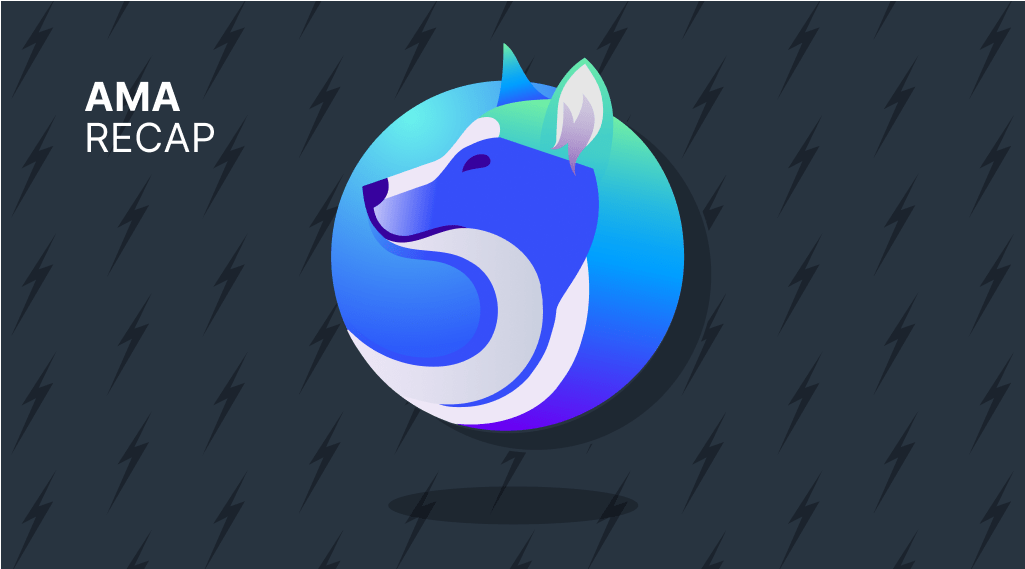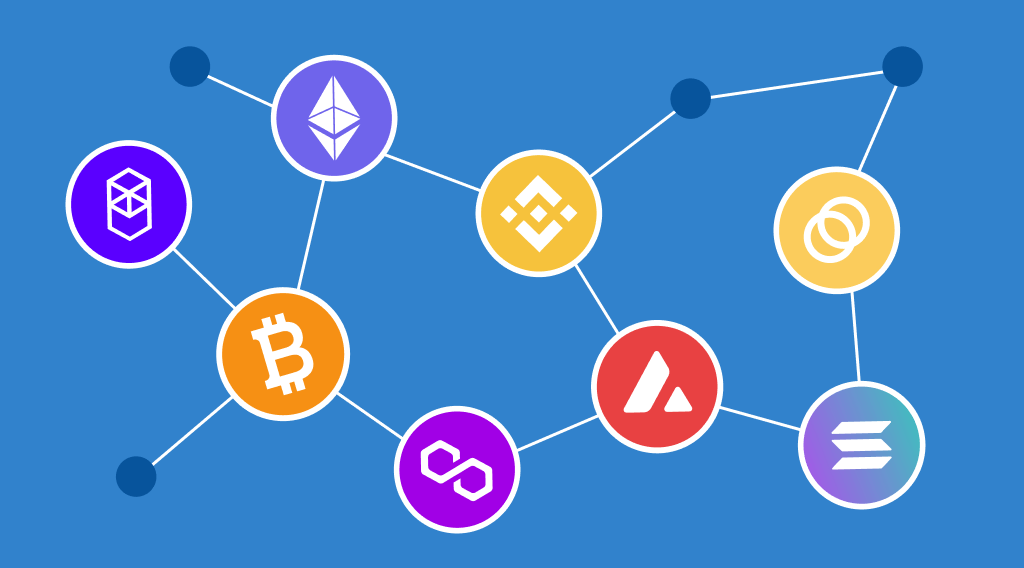Exchange Arbitrum (ARB) at the Best Rates
Instantly exchange Arbitrum at the best price and with the lowest fees on StealthEX. Free from registration, fast, and limitless ARB swaps. You can see for yourself how convenient it is.
Arbitrum (ARB) Price Statistics
Price (USD)
$0.405333Circulating Supply
$4.8618BVolume (24h)
$223.6079MMarket Cap
$1.988BLow/High 24h
$0.39866 - $0.416073Change (24h)
-$0.00165051
Arbitrum: A Revolutionary Blockchain Scaling Solution
The crypto market offers a large number of solutions for scaling Ethereum. The transaction fee crisis on this blockchain has hampered its exponential growth. Arbitrum technology is one of the many possible solutions for the congestion and high fees on the Ethereum network. What’s curious about the project is that it’s been operating without a token for quite a while, and when it launched one, the coin immediately climbed up the ranking. Let’s find out what the Arbitrum network is and how crypto users can benefit from its existence.
What Is Arbitrum Technology?
In short, Arbitrum is a layer 2 blockchain scaling solution built on top of the Ethereum blockchain. Offchain Labs created it in August 2021 with the aim of speeding up transaction times while lowering the on-chain transaction costs and promoting scalability.
Simply put, Arbitrum seeks to expand Ethereum’s smart contracts capability by improving its scalability and speed while still offering auxiliary privacy features. The platform leverages the security provided by the Ethereum mainnet but allows smart contracts to run on a separate layer to reduce congestion within the network. This technique is called ‘transaction rollups’ and consists of batches of transactions and records that are validated on the lower layer to then be moved to layer-1’s mainnet.
Arbitrum compensates nodes that actively validate the smart contracts powered by the Arbitrum chain (known as aggregators) with ETH and they are responsible for adding the blocks to the first layer – the Ethereum mainnet.
Optimistic Rollups: A Way to Reduce Gas Fees
As part of its functionality, Arbitrum reduces the high transactional gas fees, and does that by incorporating the so-called Optimistic Rollups (the transaction rollups mentioned earlier).
Rollups are a smart contract scaling solution that involves compiling multiple off-chain transactions in a process known as ‘rolling up.’ Once all the transactions have been rolled up, they are presented as a single transaction to the Ethereum blockchain. This helps to reduce gas prices while retaining secure transactions and relieving network latency.
Rolling up makes Arbitrum faster and cheaper to use, with all transaction data being relayed back to the Ethereum blockchain. The layer 2 protocol can process 40,000 transactions per second, while Ethereum can manage only roughly 14 transactions per second. Transactions on Ethereum cost several dollars to complete, while the same costs approximately two cents on the Arbitrum blockchain.
Additionally, Arbitrum supports the Ethereum Virtual Machine (EVM). This means that Ethereum decentralized finance developers can easily link their dApps with Arbitrum without making any changes to their apps.
Arbitrum Bridge
In its essence, Arbitrum is a bridge to Ethereum. Bridging from Ethereum to Arbitrum simply means escrowing a given amount of the token in an L1 bridge contract and creating a similar amount at the paired L2 token contract. In other words, smart contracts are used in the bridging process. A smart contract is a piece of code living on the blockchain that executes when predetermined conditions are met.
Offchain Labs, the company behind Arbitrum, built a protocol with the ability to pass messages and assets between it and the Ethereum blockchain. Therefore, users can move all Ethereum-compatible tokens, such as ERC-20, ERC-721, and ether, from Ethereum to the Arbitrum chain and potentially enjoy faster and cheaper transactions. They can also move their tokens back to Ethereum through a withdraw function.
Offchain Labs has developed two Arbitrum chains running in parallel on the Ethereum blockchain. They are Arbitrum One, which is the roll-up chain, and Arbitrum Nova, which uses the AnyTrust protocol. AnyTrust is an Arbitrum protocol that’s cheaper than Arbitrum One but less trustless. Rather than posting data to the Ethereum mainnet (layer 1) like Arbitrum One, AnyTrust manages data off-chain, allowing it to offer lower fees. Users can select either one of these chains when bridging to and from Ethereum, depending on the transaction costs they wish to pay. Both Arbitrum One and Arbitrum Nova give users access to a wide range of Ethereum dApps.
What Gas Does Arbitrum Use?
Arbitrum uses ArbGas to keep track of the cost of execution on an Arbitrum chain. Every Arbitrum VM instruction has an ArbGas cost, and the cost of a calculation is the total of the ArbGas fees of the instructions in it compared to Ethereum's gas limit.
This means that there is no hard ArbGas limit for Arbitrum and it is much cheaper than the ETH gas fee. The fee is usually charged to compensate Arbitrum chain's validators for their expenses, though it is set to zero by default.
In addition, ArbGas is charged for proof-checking every instruction by the AVM. Therefore, it is important to ensure that the EthBridge will never exceed the L1 gas limit by estimating how much L1 gas the EthBridge will require. Furthermore, the estimation of the emulation time is critical for rollup chain throughput because it allows us to safely establish the chain's speed limit.
ArbGas is different from Ethereum gas in that it tries to estimate emulation on AVM, whereas Ethereum gas serves a similar function on Ethereum. Access to storage, for example, is extremely expensive on Ethereum.
Arbitrum Crypto: The Long-Awaited ARB Token and Airdrop
For some time, Arbitrum was operating without any token attached to it, but this changed in late March, when the Offchain Labs launched its own cryptocurrency, Arbitrum token. ARB will have a total circulating supply of 10 billion tokens. The Arbitrum community will have control of 56% of the 10 billion tokens, while 11.5% will be airdropped to eligible Arbitrum users. In addition, 1.1% will be allocated to the DAOs that manage the Arbitrum ecosystem. The rest of the tokens will go to a treasury that the Arbitrum DAO will manage. A further 44% of ARB’s circulation will go to the employees and investors of Offchain Labs who first developed Arbitrum.
There’s an ongoing airdrop that offers certain amounts of Arbitrum coin to the blockchain users. This will help Arbitrum officially launch its native token and spearhead its circulation to early adopters. Additionally, the Arbitrum airdrop is also important as it will mark the blockchain’s official transition into a DAO and present the ARB token holders with an opportunity to vote for any changes to the protocol. The tokens can be claimed by connecting your Trust, Coinbase, Metamask and a number of other wallets and checking whether you’re eligible for the airdrop. Based on the number of points you have earned, you’ll be able to receive the corresponding number of tokens. Alternatively, you can buy Arbitrum token, which currently ranks #37 on CoinMarketCap via StealthEX, a non-custodial instant exchange.
Buy Arbitrum Token Privately with StealthEX
StealthEX is here to help you buy ARB token. You can do this privately and without the need to sign up for the service. Our crypto collection has more than 1500 different coins and you can do wallet-to-wallet transfers instantly and problem-free.
Just go to StealthEX and follow these easy steps:
- Choose the pair and the amount you want to exchange. For instance, BTC to ARB.
- Press the “Start exchange” button.
- Provide the recipient address to transfer your crypto to.
- Process the transaction.
- Receive your crypto coins.
Follow us on Medium, X, Telegram, YouTube, and Publish0x to stay updated about the latest news on StealthEX.io and the rest of the crypto world.
Arbitrum Price Chart
Arbitrum (ARB)
Related Articles

Wallets
Top 5 Best NFT Wallets for 2022
Choose wallet carefully to avoid fraud — we reviewed 5 best NFT wallets: Trust, Metamask, Enjin, Coinbase, and ZenGo

Our News
Recap of Exclusive AMA: Akita DAO x StealthEX
Akita DAO AMA recap: Learn everything you need about the new token #HACHI and Akita crypto project.

Crypto World
Cross Chain Platforms: How Do Cross Chain Bridges Work?
Cross chain platforms: how do сross-сhain bridges work? Types of cross-chain projects: Multichain, Binance, Wormhole
StealthEX.io uses cookies to ensure you get the best experience. Please read our cookies policy